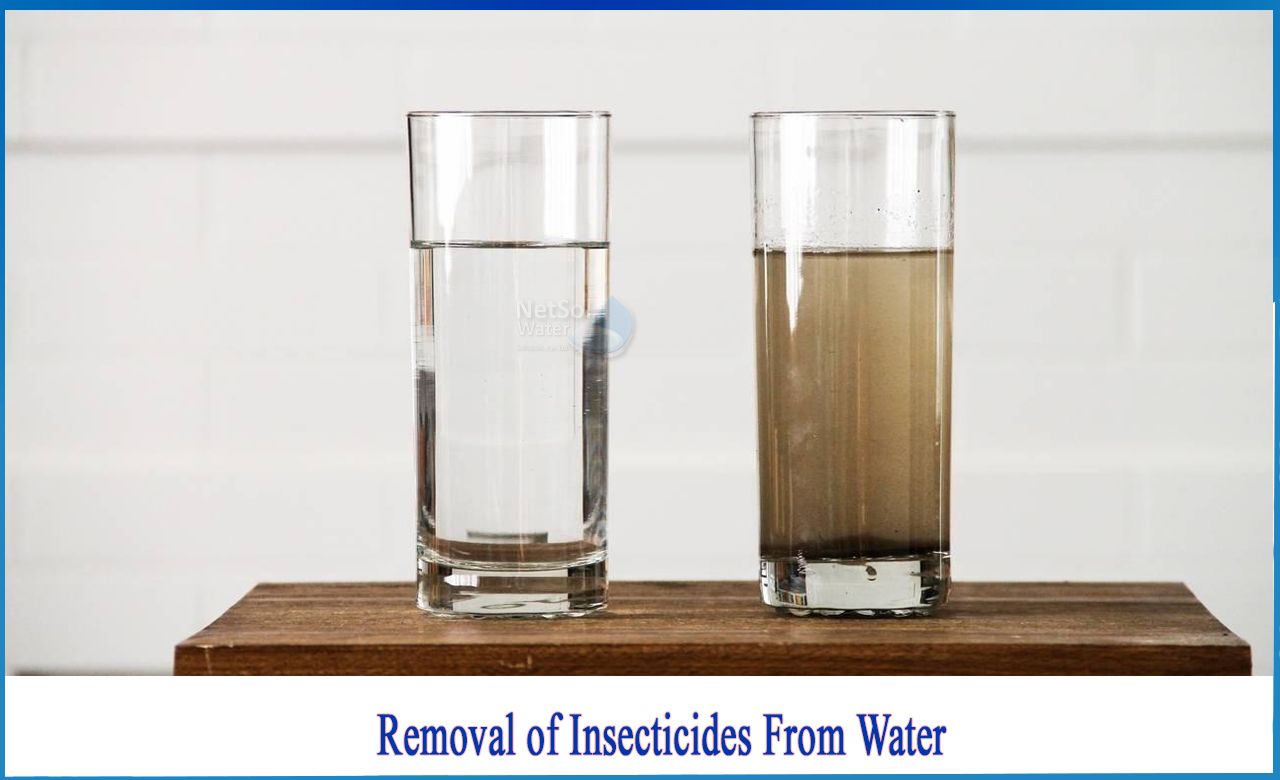Commercial use of insecticide is toxic and can prove fatal at times. This either comes from direct contact of insecticide during the application or either pesticide that stay in soil and at some point of time can enter groundwater and drinking water supplies. In this way, insecticides can reach to the consumers and can lead to fatality.
How do You remove Insecticides?
Insecticides can stay in the soil depending upon various factors. Some of the most important are listed as:
· Soil temperature.
· Degradation kinetic of insecticide.
· Reaction rate.
· Solubility etc.
Various public and private organizations have set limits for insecticide in drinking water. Some of the organizations are Environmental Protection Agency, European Union etc. These organizations have set limit in order to help reduce effects in health, ecosystem and aquatic life.
TREATMENT TECHNIQUES
There are ample numbers of treatment techniques to reduce potentially harmful and disruptive contaminants, such as insecticides. Some of the techniques include:
· Adsorption.
· Activated carbon.
· Reactions with oxidants such as potassium ferrate and chlorine.
· Free radical degradation using ozonation and UV exposure.
These techniques have been tested for the removal of insecticide. Activated carbon and UV with hydrogen peroxide are trusted to be the most successful at reducing insecticide concentrations inside water supplies.
There are three prominent insecticides found in water which if removed makes the water free from insecticides. These three insecticides are as: Alachlor, glyphosate and atrazine.
UV without hydrogen peroxide has been tested but it persisted Alachlor and glyphosate, but removed 87% of atrazine.
By increasing the molar ratios to 25:1, hydrogen peroxide led to by-product formation as well but with continued contact removed 95% of Alachlor and 52% of glyphosate after 90 minutes, and 92% of atrazine. This can be further taken away by increasing the molar ratios to 100.1.
If the kinetics is brought in, it must be noticedthat the removal of Alachlor and atrazine is first order reaction and removal of glyphosate was zero order.
One of the best ways to remove 97-99% of all pesticides, insecticides and herbicides from drinking water is with a reverse osmosis that incorporates activated carbon filters. Carbon filters are extremely effective in filtering out a variety of contaminants including pesticides, THMs like chloroform, organic chemicals, and many VOCs that are components of gasoline, solvents and industrial cleaners.
RO is a water treatment process that removes contaminants from water by using pressure to force water molecules through a semipermeable membrane. During the process, contaminants are filtered out and flushed away out of raw water, leaving pristine, delicious drinking water. Reverse osmosis can remove up to 99 percent of many different contaminants from the feed.
Netsol Water is Greater Noida-based leading water & wastewater treatment plant manufacturer. We are industry's most demanding company based on client review and work quality. We are known as best commercial RO plant manufacturers, industrial RO plant manufacturer, sewage treatment plant manufacturer, Water Softener Plant Manufacturers and effluent treatment plant manufacturers. Apart from this 24x7 customer support is our USP. Call on +91-9650608473, or write us at enquiry@netsolwater.com for any support, inquiry or product-purchase related query.



